At the end of September 2025, Wildlife ACT, in partnership with Ezemvelo KZN Wildlife and with the support of Forever Wild Foundation, carried out a Cheetah collaring operation in Hluhluwe-iMfolozi Park (HiP), KwaZulu-Natal. Two individuals were successfully collared during the operation, strengthening efforts to monitor and manage one of the province’s most significant Cheetah populations.
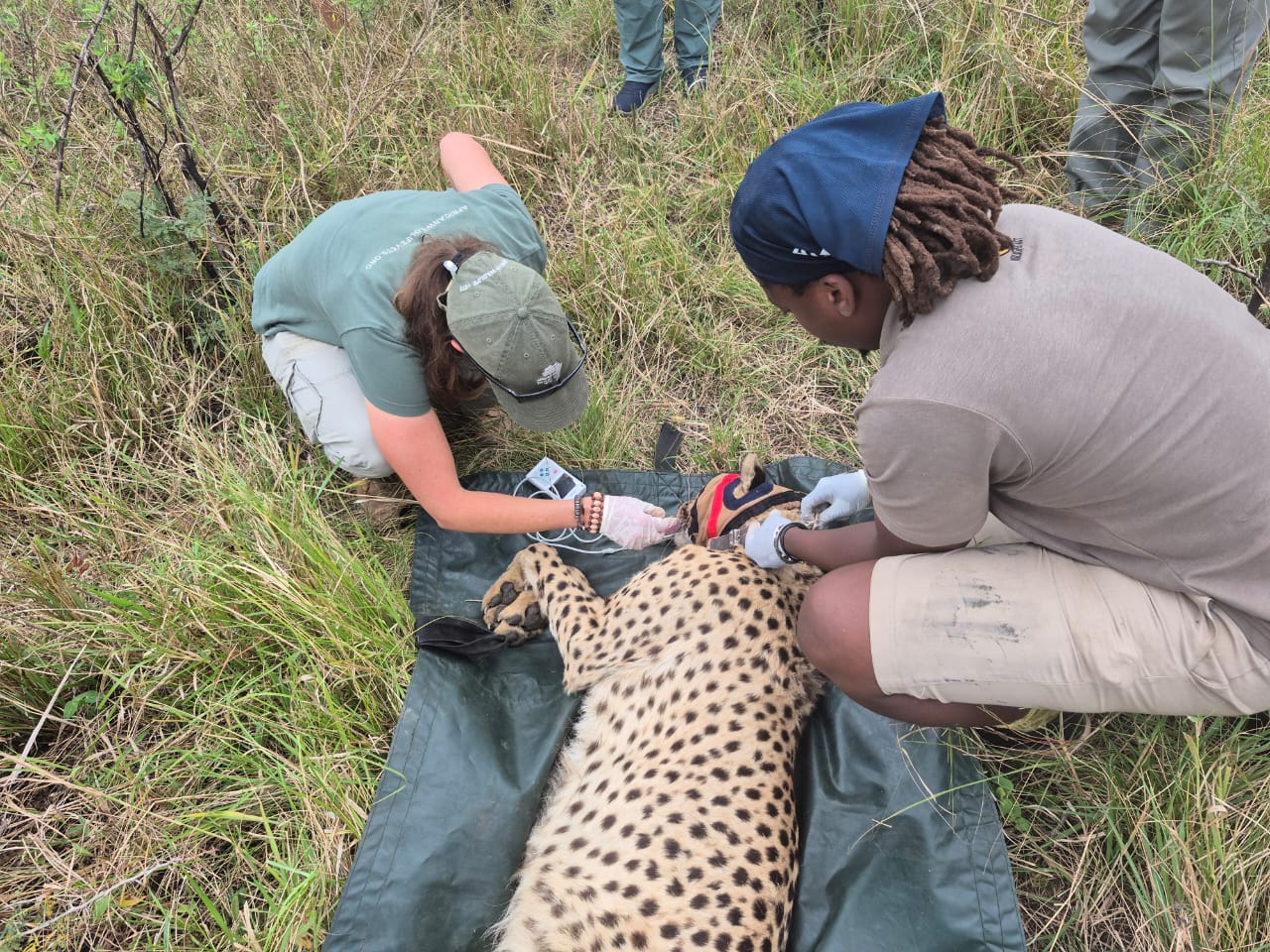
The collars, supplied by Forever Wild Foundation, were fitted by the Wildlife ACT team, with darting and veterinary oversight by Dr Jennifer Lawrence of African Wildlife Vets.
The operation was conducted over several days in varying and often challenging weather conditions. Weather plays a critical role in Cheetah operations, as the species’ naturally enlarged hearts require stable conditions for safe darting and recovery. The success of this initial operation despite the weather challenges, as part of a long-term plan, represents another important step towards ensuring the long-term monitoring and protection of this key population.
Why We Collar Priority Species
Collaring is central to effective species management, particularly for vulnerable and intensively managed species like Cheetah. With fewer than 7,100 Cheetah estimated to remain in the wild, careful management on protected area and regional scale is essential to avoid the risks of genetic bottlenecking.
The collars fitted during this operation were designed by Wildlife ACT Innovations and purpose-built for the demands of African conservation landscapes. Each unit contains both a satellite and a VHF component allowing for elevated monitoring within the Protected Area. The satellite function records GPS points at set intervals for effective remote monitoring, while the VHF function enables the Wildlife ACT monitoring teams to locate collared individuals on the ground using directional telemetry, which is essential in dense thickets or rugged terrain where visual confirmation is not always possible.

This dual approach ensures that monitoring is both broad and detailed, supporting the day-to-day work of Wildlife ACT’s field teams reporting to Ezemvelo KZN Wildlife - HiP management while also feeding into long-term conservation planning and metapopulation support.
“Real-time tracking through both VHF and satellite collars has changed what’s possible for our teams,” said Gareth Robinson, Wildlife ACT Senior Field Technician. “Satellite data gives us the wide view of how individuals use the landscape, while VHF tracking lets us locate them directly in the field. Together, they allow us to respond quickly to threats and build the knowledge needed to manage this population effectively into the future.”
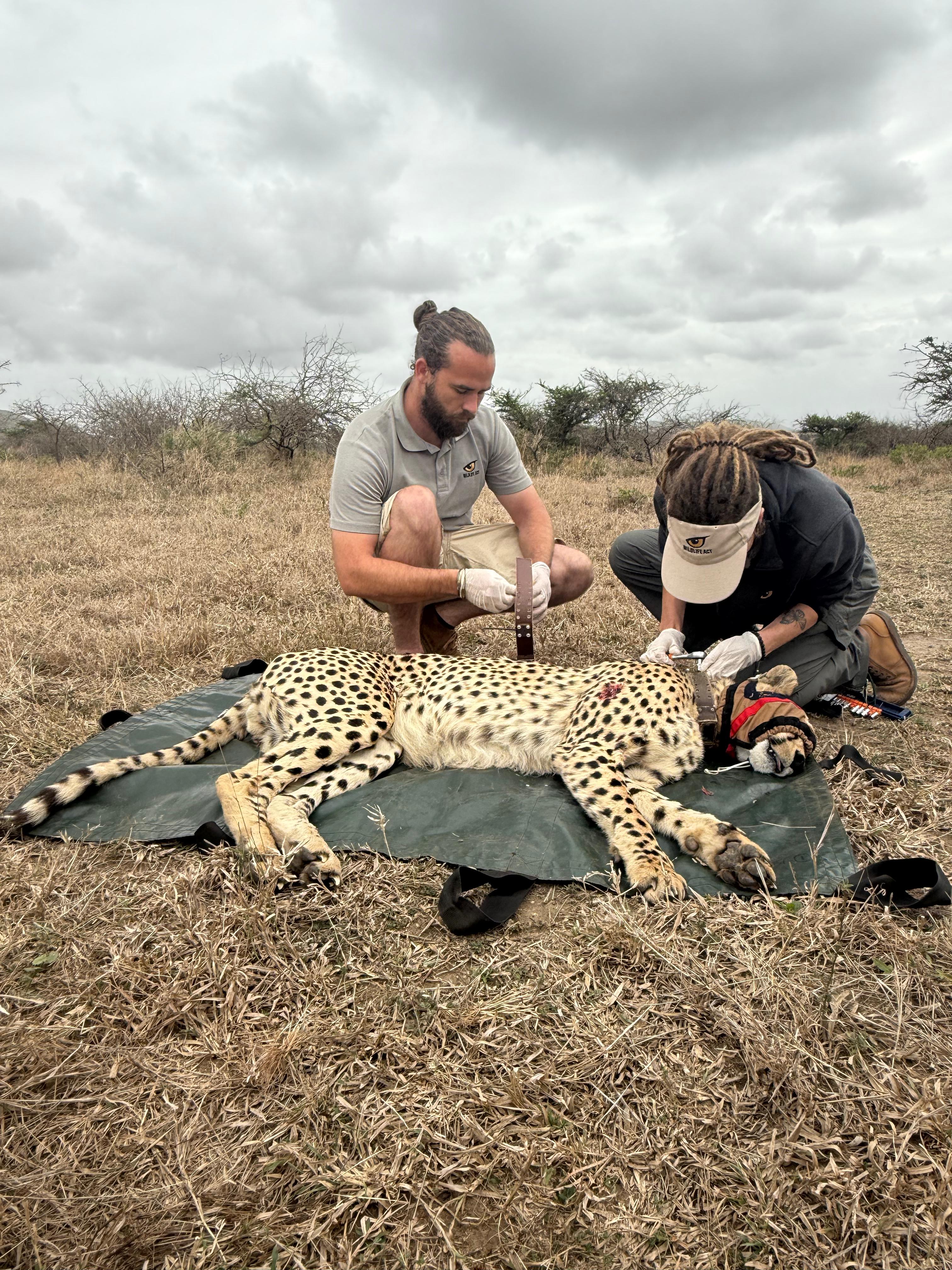
Daily monitoring using the collars allows field teams to assess wellbeing, detect threat or mortality events early, and record fine-scale behavioural and ecological data.This information builds a long-term record that directly informs management decisions, from identifying dispersal corridors to planning for future translocations.
The Importance of Hluhluwe-iMfolozi’s Cheetah Population
Hluhluwe-iMfolozi Park, one of Africa’s oldest and most important protected areas, has long been at the centre of species recovery efforts in South Africa. The Protected Area holds a Cheetah population that has strengthened significantly in recent years. As one of the most robust populations in the province, it plays a pivotal role in the South African Cheetah metapopulation. With this strength comes a responsibility to manage it carefully. Genetic bottlenecking remains one of the greatest risks to the long-term survival of the species. Without intervention, even growing populations can suffer from reduced genetic variation, leading to lower resilience against disease and environmental change.
“Hluhluwe-iMfolozi’s Cheetah population are now in a position to make an important contribution to the national metapopulation,” explained Danielle Theron, Wildlife ACT’s Big Cat Programme Manager. “Monitoring, utilising collaring as a tool, allows us to identify individuals for potential translocations, track reproductive success, and ensure that this population continues to strengthen both locally and nationally.”

During the recent collaring operation, genetic samples were collected from the collared individuals to contribute to ongoing genetic monitoring and research studies, with focused plans on continuing to prioritise building on this data. These analyses will provide crucial insights into the genetic structure of the Hluhluwe-iMfolozi population and its role in maintaining genetic diversity within the park and in the national metapopulation.
A Collaborative Operation
The success of the September operation rested on strong collaboration. Select individuals were prioritised for collaring based on age, sex, and social structure, with females and members of male coalitions forming the main focus due to their significance in shaping population dynamics.
"In collaboration with Wildlife ACT and Ezemvelo KZN Wildlife, the Forever Wild Foundation recently participated in a cheetah collaring initiative in Hluhluwe–iMfolozi Park. While weather conditions proved challenging, valuable data was collected and important lessons were learnt. The experience underscored the importance of close collaboration with on-the-ground park personnel to ensure the continued success of future collaring efforts. We are deeply grateful to all involved, particularly EKZNW management for their facilitation and the dedicated Wildlife ACT monitors, whose professionalism and passion continue to make a difference in cheetah conservation," Andrew Bone, Forever Wild Foundation founder.
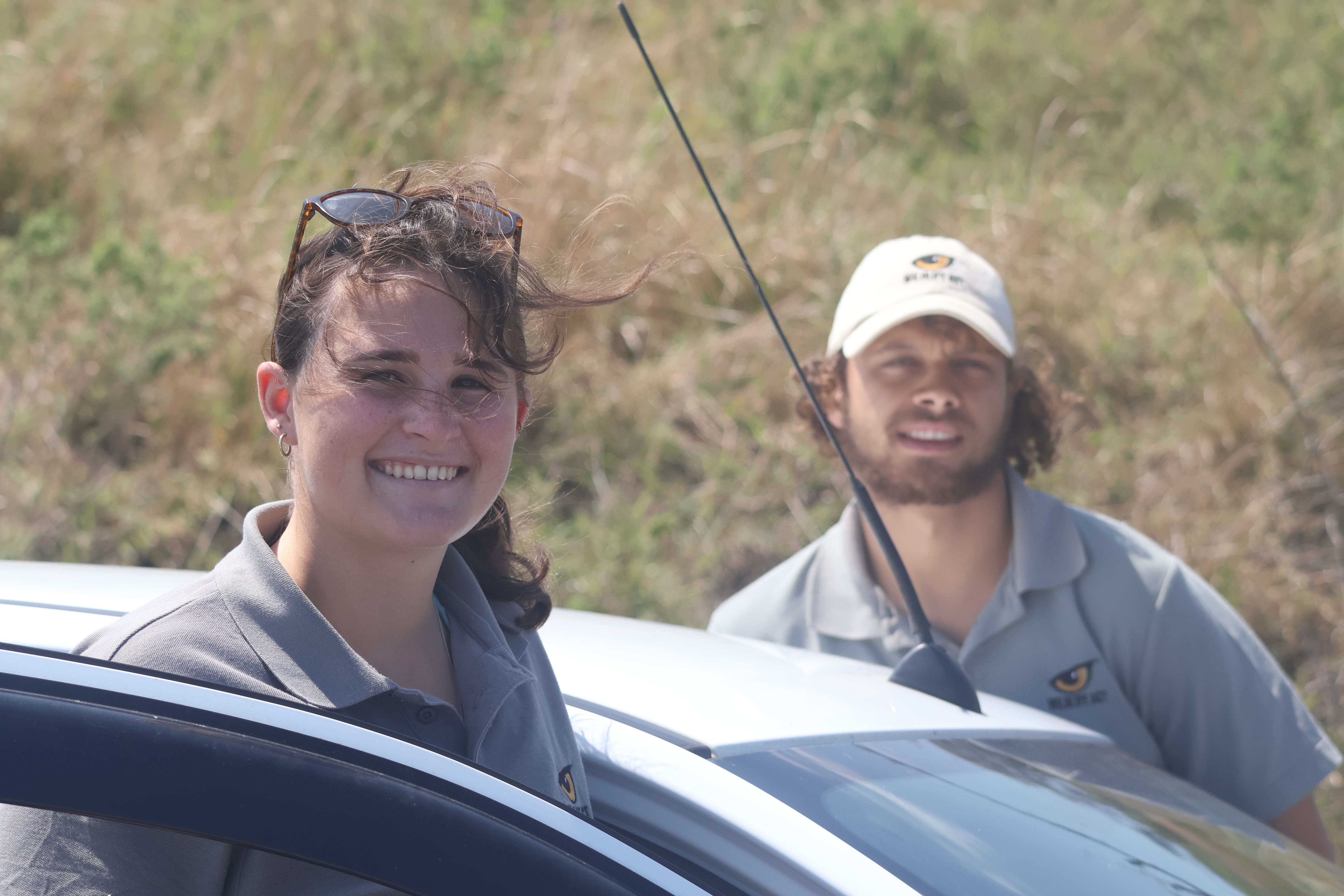
Looking Forward
This operation represents the beginning of a broader strategy, with the foundations now solidly laid for continued dedication to collaring and monitoring this important cheetah population. With a number of collars already provided by Forever Wild Foundation, Wildlife ACT and its partners will continue to prioritise collaring as opportunities arise, with the aim of building comprehensive coverage of Hluhluwe-iMfolozi’s Cheetah population. Plans are already underway for a larger coordinated collaring initiative in 2026, which will provide the monitoring base needed to guide long-term conservation decisions for this species.
"This operation has given us the foundation we need to carry the work forward," said Danielle Theron. "Each collar fitted adds to our ability to monitor individuals daily and to ensure Hluhluwe-iMfolozi remains a stronghold for Cheetah conservation in KwaZulu-Natal."


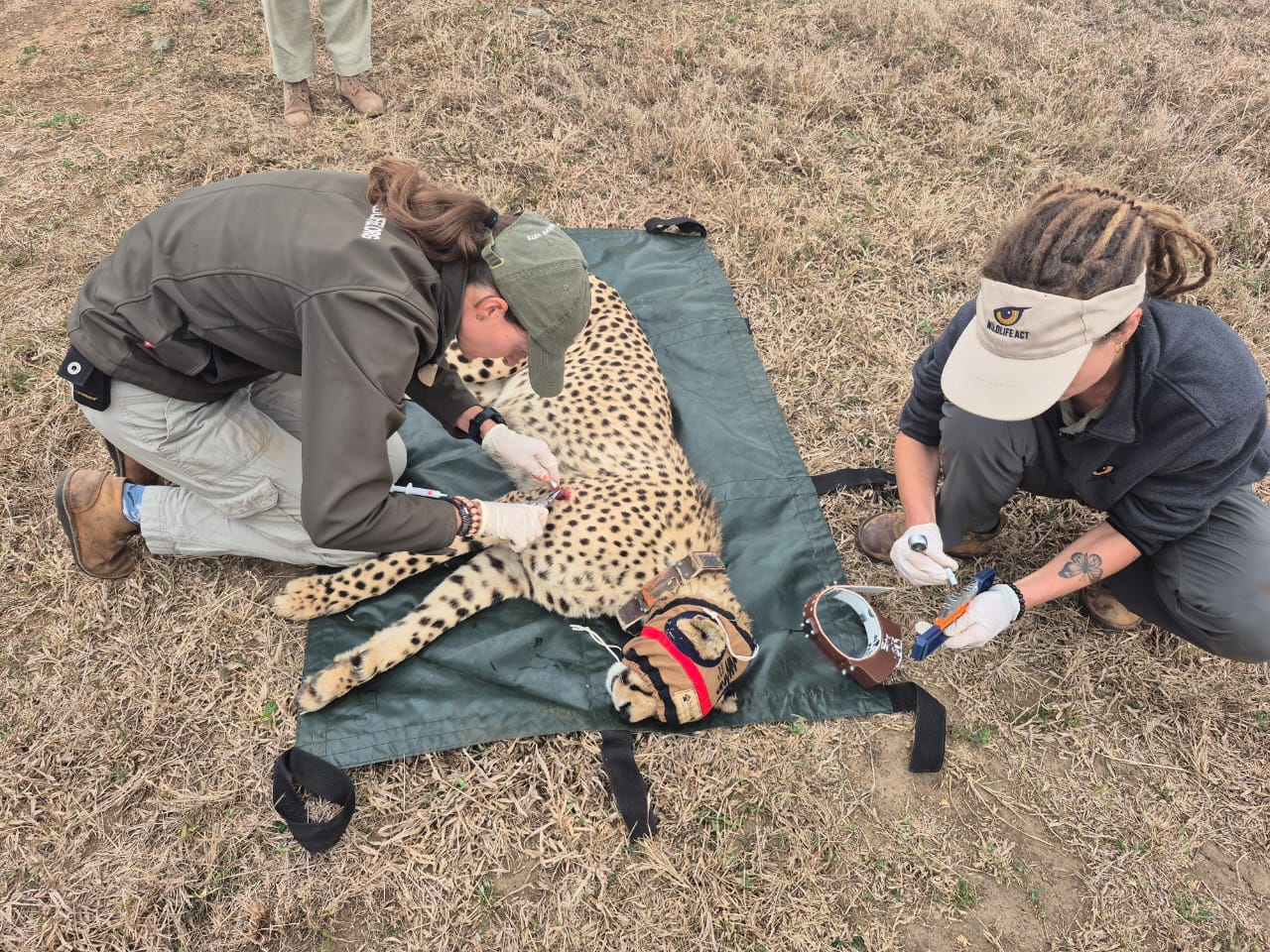

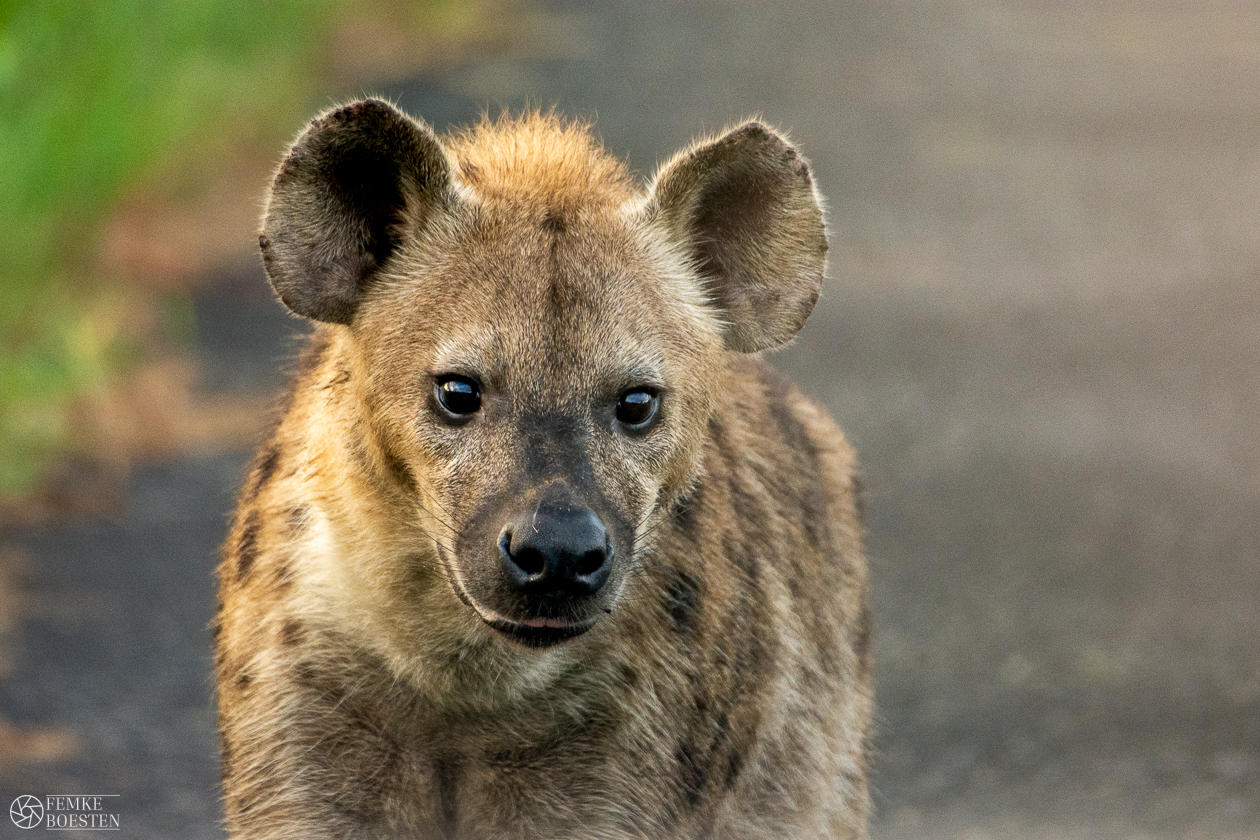
.jpeg)





